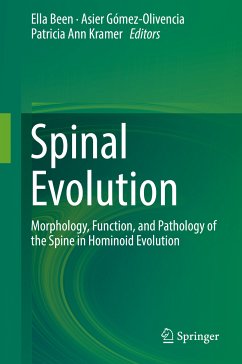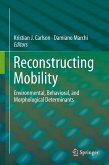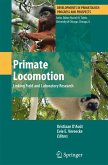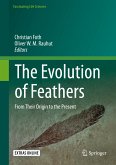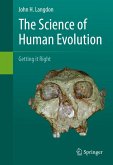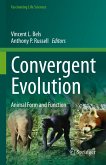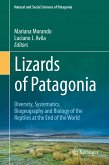It is well established that the spine has changed dramatically during human evolution. Spinal curvatures, spinal load transmission, and thoracic shape of bipedal humans are derived among hominoids. Yet, there are many debates as to how and when these changes occurred and to their phylogenetic, functional, and pathological implications.
In recent years, renewed interest arose in the axial skeleton. New and exciting finds, mostly from Europe and Africa, as well as new methods for reconstructing the spine, have been introduced to the research community. New methodologies such as Finite Element Analysis, trabecular bone analysis, Geometric Morphometric analysis, and gait analysis have been applied to the spines of primates and humans. These provide a new and refreshing look into the evolution of the spine. Advanced biomechanical research regarding posture, range of motion, stability, and attenuation of the human spine has interesting evolutionary implications. Until now, no book that summarizes the updated research and knowledge regarding spinal evolution in hominoids has been available. The present book explores both these new methodologies and new data, including recent fossil, morphological, biomechanical, and theoretical advances regarding vertebral column evolution. In order to cover all of that data, we divide the book into four parts: 1) the spine of hominoids; 2) the vertebral spine of extinct hominins; 3) ontogeny, biomechanics and pathology of the human spine; and 4) new methodologies of spinal research. These parts complement each other and provide a wide and comprehensive examination of spinal evolution.
Dieser Download kann aus rechtlichen Gründen nur mit Rechnungsadresse in A, B, BG, CY, CZ, D, DK, EW, E, FIN, F, GR, HR, H, IRL, I, LT, L, LR, M, NL, PL, P, R, S, SLO, SK ausgeliefert werden.
Hinweis: Dieser Artikel kann nur an eine deutsche Lieferadresse ausgeliefert werden.

